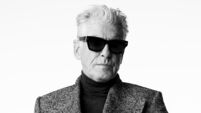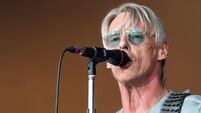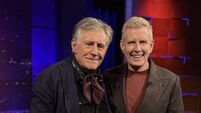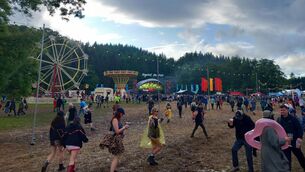Féile 95: Did Cork festival have Ireland's greatest ever line-up?

Fans enjoying the Féile Festival in Páirc Ui Chaoimh, Cork in August 1995. Picture: Independent News and Media/Getty Images
Féile had begun life in 1990 as a three-day event at Semple Stadium in Thurles. The reported £40,000 rental fee for the venue and a share of the profits were a welcome boost to the local GAA coffers, and the influx of thousands would put further huge sums into the local shops, pubs, etc during a fairly stagnant time for the Irish economy.







